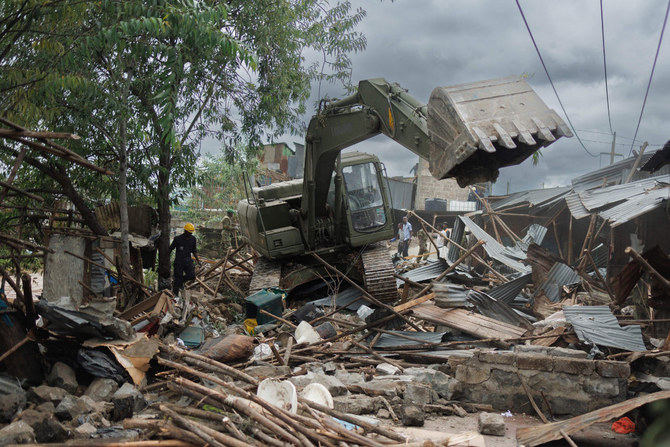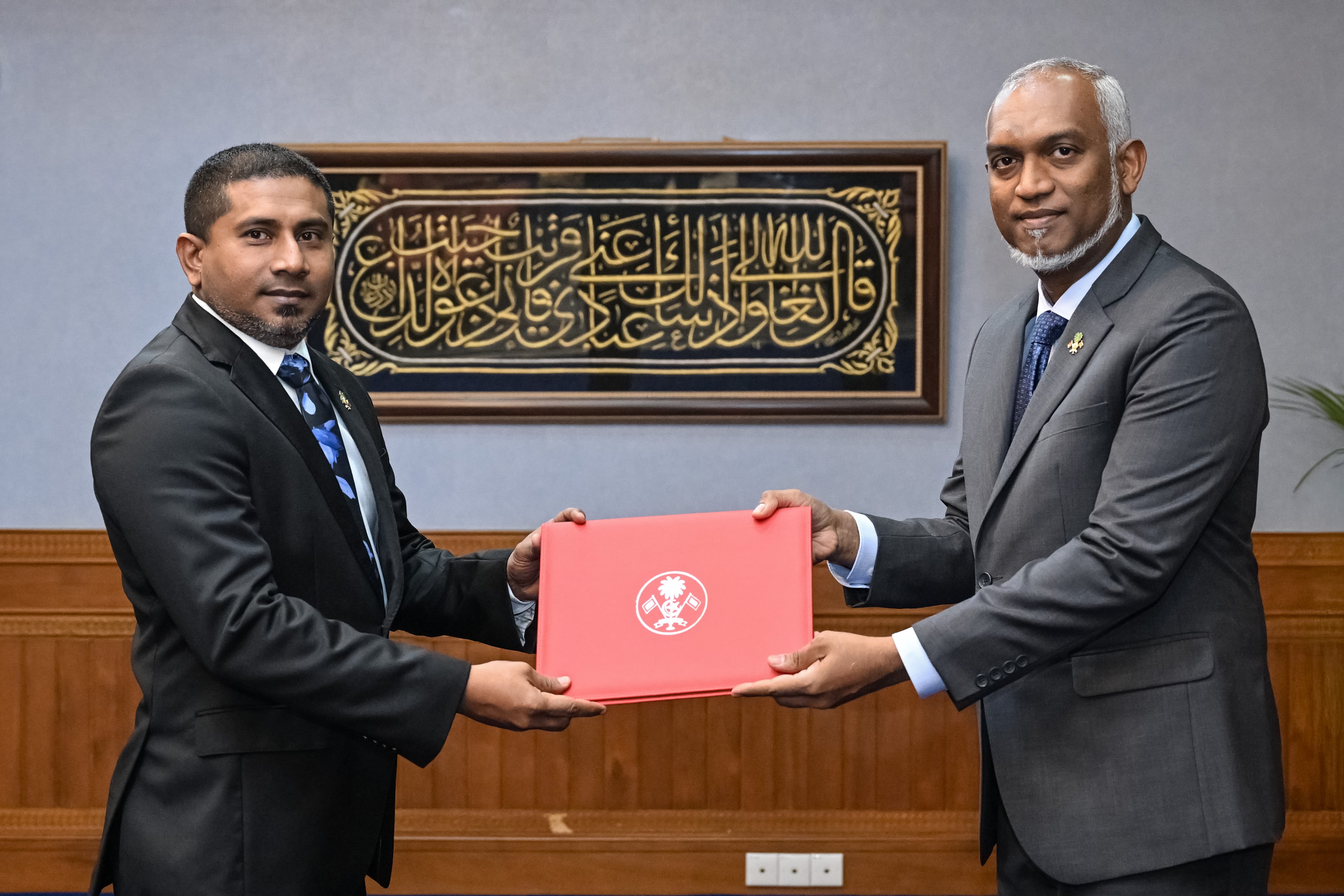In a bid to mitigate the risks posed by ongoing heavy rains and flooding, Kenya's government has commenced the demolition of homes constructed in flood-prone regions, triggering a wave of criticism and concern among affected residents.
In the heart of Nairobi, the nation's capital, scenes of distress unfolded as bulldozers tore down iron-sheet walls while security forces stood guard, armed with guns and batons, dispersing tear gas at some residents. This move comes after the government's directive last week, urging thousands of individuals residing near rivers, dams, and other flood-prone zones to vacate their homes. The heavy rains, which have claimed the lives of 238 individuals in recent weeks, have prompted authorities to take decisive action to safeguard vulnerable communities.
However, amidst the government's efforts, many of those whose homes were demolished express uncertainty and despair about their future. Despite claims by officials that residents were informed about relocation options, several affected individuals remain unsure about their next steps. Human Rights Watch has condemned the government's response, citing it as inadequate to address the needs of displaced families.
The situation took a tragic turn as reports emerged of casualties resulting from the demolitions. Three individuals, including two children, lost their lives in the Mathare informal settlement along the Nairobi River, raising concerns about the safety and welfare of affected communities.
In response to the mounting criticism, President William Ruto visited affected areas, promising financial assistance to those displaced by the demolitions. However, opposition leader Raila Odinga has cautioned against further demolitions without a comprehensive resettlement plan in place, underscoring the need for a more humane approach to address the crisis.
The flooding crisis in Kenya has led to a surge in the number of affected individuals, with an estimated 235,000 people now living in camps across the country. As authorities grapple with the unfolding disaster, Interior Minister Kithure Kindiki reiterated evacuation orders for residents living in flood-prone areas, emphasizing the need for proactive measures to ensure public safety.
Amidst these challenges, the government has also announced concerns about rising water levels in the country's major hydroelectric dams, prompting downstream residents along the Tana River to evacuate. As Kenya confronts the dual challenges of flooding and displacement, urgent action is required to provide relief and support to affected communities, ensuring their safety and well-being in the face of adversity.
In the heart of Nairobi, the nation's capital, scenes of distress unfolded as bulldozers tore down iron-sheet walls while security forces stood guard, armed with guns and batons, dispersing tear gas at some residents. This move comes after the government's directive last week, urging thousands of individuals residing near rivers, dams, and other flood-prone zones to vacate their homes. The heavy rains, which have claimed the lives of 238 individuals in recent weeks, have prompted authorities to take decisive action to safeguard vulnerable communities.
However, amidst the government's efforts, many of those whose homes were demolished express uncertainty and despair about their future. Despite claims by officials that residents were informed about relocation options, several affected individuals remain unsure about their next steps. Human Rights Watch has condemned the government's response, citing it as inadequate to address the needs of displaced families.
The situation took a tragic turn as reports emerged of casualties resulting from the demolitions. Three individuals, including two children, lost their lives in the Mathare informal settlement along the Nairobi River, raising concerns about the safety and welfare of affected communities.
In response to the mounting criticism, President William Ruto visited affected areas, promising financial assistance to those displaced by the demolitions. However, opposition leader Raila Odinga has cautioned against further demolitions without a comprehensive resettlement plan in place, underscoring the need for a more humane approach to address the crisis.
The flooding crisis in Kenya has led to a surge in the number of affected individuals, with an estimated 235,000 people now living in camps across the country. As authorities grapple with the unfolding disaster, Interior Minister Kithure Kindiki reiterated evacuation orders for residents living in flood-prone areas, emphasizing the need for proactive measures to ensure public safety.
Amidst these challenges, the government has also announced concerns about rising water levels in the country's major hydroelectric dams, prompting downstream residents along the Tana River to evacuate. As Kenya confronts the dual challenges of flooding and displacement, urgent action is required to provide relief and support to affected communities, ensuring their safety and well-being in the face of adversity.


















